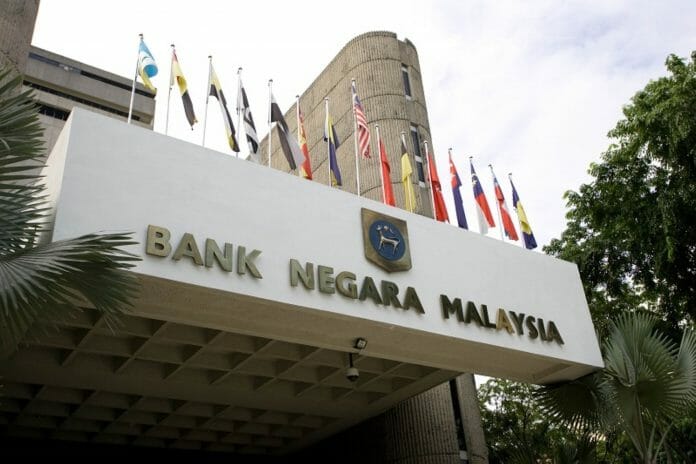Bank Negara Malaysia (BNM) international reserves continued to decline by USD1.0b or -0.9% MoM to a five-month low of RM112.8b as of 30 April 2024.
The reserves are now sufficient to finance 5.5 months of imports of goods and services (previously retained imports: 6.6 months) and is 1.0 time total short-term external debt, said Kenanga Investment Bank (Kenanga) in it Economic Viewpoint note today (May 9).
The decline was primarily attributed to a continued drop in foreign currency reserves and other reserve assets − Foreign currency reserves (-USD0.7b or -0.7% MoM to USD100.6b): decreased for the third consecutive month, potentially due to a reduction in the converted value of non-USD assets, BNM’s foreign exchange intervention, outflows from the capital market, and lower repatriation of export earnings.
Other reserve assets (-USD0.4b or -14.1% MoM to USD2.3b): declined at the fastest pace since August 2018.
Meanwhile, special drawing rights, gold and IMF reserve positions remained relatively unchanged, Kenanga cited.
In ringgit terms, the value of BNM reserves reached the second-highest level on record of RM534.3b (-RM4.7b or -0.9% MoM)
USDMYR monthly average (4.77; Mar: 4.72): Despite erasing all its March gains, the ringgit remains the least worst performing currency in the ASEAN-5 against the USD, partly due to intervention by the local authority. The ringgit faced pressure from the still elevated US core PCE reading and solid retail sales figures, denting hopes for a Fed rate cut.
Regional currencies: Following the ringgit’s 1.1% depreciation, other ASEAN currencies also weakened against the USD, including the SGD (-1.2%), PHP (-1.9%), THB (-2.2%), and IDR (-2.4%). This trend is largely due to the strengthening USD index (April average: 105.4; March: 103.7), driven by robust US data and risk-off sentiment stemming from geopolitical tensions.
BNM is expected to maintain the status quo despite upside risk to prices − While facing potential upward pressures on inflation due to the prospect of subsidy rationalisation in 2H24 and the recent wage hike for civil servants, inflation rates are expected to remain stable, staying below 3.0% for both 2024 and 2025. Given Kenanga’s optimistic growth forecast, BNM is expected to uphold its current policy rate of 3.00% for the next 6-12 months.
USDMYR year-end forecast (4.42; 2023: 4.59): Despite the hotter-than-expected inflation readings in the US, indicators such as weak labour demand, sluggish wage growth, and a rise in corporate bankruptcies, credit card defaults, and auto delinquencies suggest that vulnerable segments of the economy are grappling with elevated interest rates.
Anticipated further economic softness and the potential easing of inflationary pressures in the coming months could prompt the Fed to consider a rate cut as early as September.
Concurrently, with expectations of BNM maintaining its current stance for the remainder of the year and the government’s commitment to fiscal discipline, there may be strong potential for the ringgit to strengthen below the 4.50/USD level by the end of 2024, Kenanga added.









